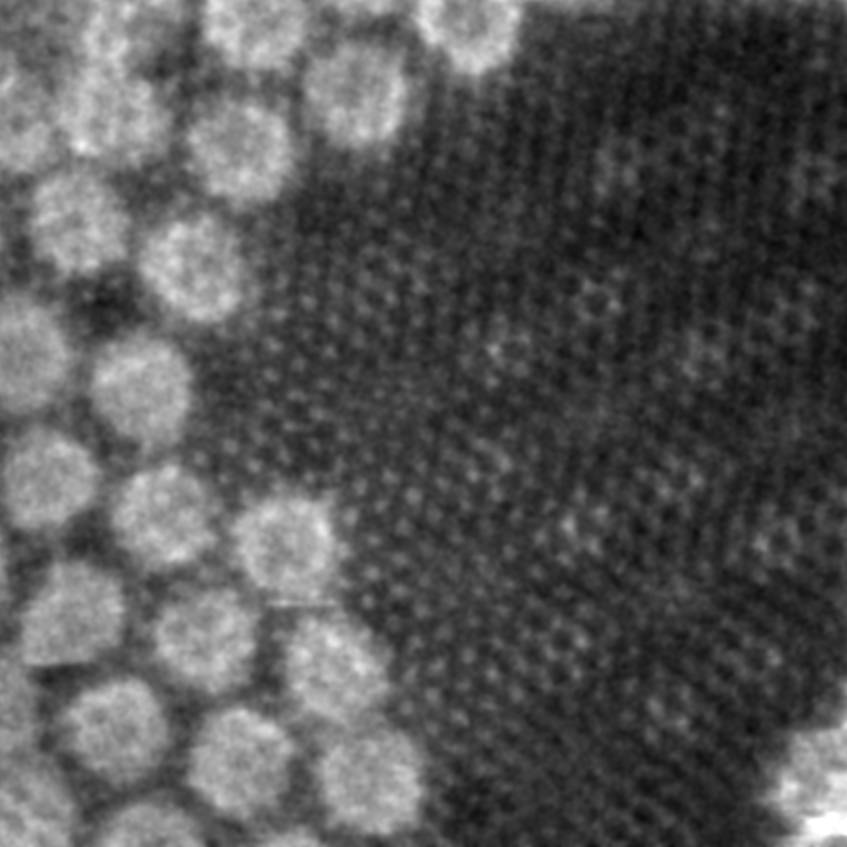In-situ investigation of stacked heteronanostructures (ISIHNANO)

In-situ investigation of stacked heteronanostructures (ISIHNANO)
2017–2020
Similar to sheets of paper, which can be extracted from a paper stack, some materials in Nature exist in layers which form stacked crystals. The best know example of such a material is graphite, which consists of layers of carbon atoms arranged in a honeycomb pattern. Only a decade ago, it was shown that—similar to an individual paper sheet—such a carbon layer can also exists individually, without the support of the other layers in the stack. This one-atom-thick crystal of carbon atoms, called graphene, and other similar materials have been in the focus of an immense research effort ever since its discovery. Interestingly, such atomic sheets can also be rolled up, again similar to paper, to form tubular structures, such as carbon nanotubes. Also other similarly quasi-one-dimensional structures exist and exhibit interesting properties. During the last few years, a large research effort has started to investigate more complicated structures, which can be formed by combining different building blocks such as graphene and nanotubes. In this project, we bring together two research teams to study properties of such combined structures at atomic level. This combination of expertise allows us to bring our understanding of this new class of structures up to a completely new level, which may pave the way for their use in applications for example in nanoelectronics, thermoelectrics and on other fields.
Funder: Austrian Science Fund
Project identifier: I3181-N36
Principal investigator: J. Kotakoski, in collaboration with Sang Wook Lee (Ewha Womans University, Republic of Korea)
